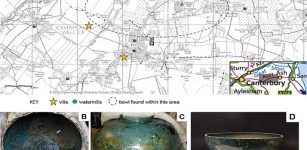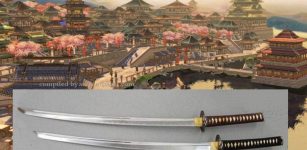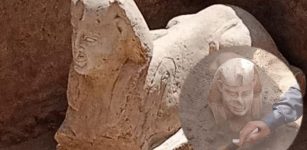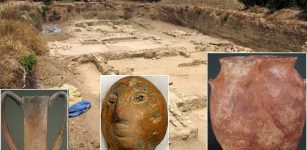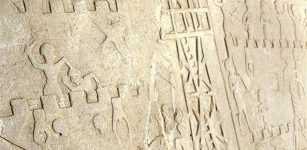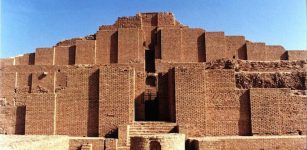Centuries-Old Hidden Tunnels Will Be A New Tourist Attraction In Turkey
Conny Waters - AncientPages.com - The ancient underground world in Turkey is very impressive. The famous underground city of Derinkuyu in Cappadocia is one example and so is the Nevsehir - even larger than Derinkuyu; Nevsehir has a secret passageway leading into the city's tunnel network.
 The tunnels were built centuries ago in order not to occupy agricultural lands with buildings, to fulfill drinking water and wastewater expenditures and sewerage functions, the blacksmiths and coppersmiths bazaars, according to experts.
The tunnels were built centuries ago in order not to occupy agricultural lands with buildings, to fulfill drinking water and wastewater expenditures and sewerage functions, the blacksmiths and coppersmiths bazaars, according to experts.
Now, nearly four-century-old hidden tunnels located in the western Black Sea province of Karabük’s Safranbolu district, which is on the UNESCO World Heritage List and famous for its historical houses, will be a new tourist attraction.
One of the best-protected cities in the world, the historical Safranbolu is home to the Ottoman-era mosques, inns, fountains, and bridges as well as traditional houses built between the 18th and 20th centuries. Three different tunnels, which are in different heights and consisting of cut stones and arches, will be revealed with a new project, reports Hurriyet Daily News.
These tunnels, which were built centuries ago for the purpose of making more use of the agricultural lands through arches on Akçasu Stream, are passing below the blacksmiths and coppersmiths’ bazaars, Cinci Inn and the İzzet Mehmet Pasha Mosque.
“We make projects to survive the historical buildings in our district. One of them is the tunnels under the district, Safranbolu Culture and Tourism Foundation chair Şefik Yılmaz Dizdar said in an interview with Anadolu Agency.
"We have prepared a project for the restoration of these tunnels that stand out with their architecture and to open them to tourism. The project has been accepted. A few paperwork is left. When these are completed, we will start working and open these tunnels to tourism.”
See also:
Magnificent Ancient Rock-Cut Lycian Tombs Of Myra, Antalya, Turkey
“These tunnels, which were built with the possibilities of that time centuries ago, have been able to hold huge structures up to now. Everyone has to see how the waterfall was created underground with the possibilities of that time and how the drains and the sewage system were designed separately,” Dizdar said
Dizdar said that the district welcomes some 1.5 million local and foreign tourists annually and that with the opening of tunnels, people will be able to see these hidden architectural wonders.
Written by Conny Waters - AncientPages.com Staff Writer


